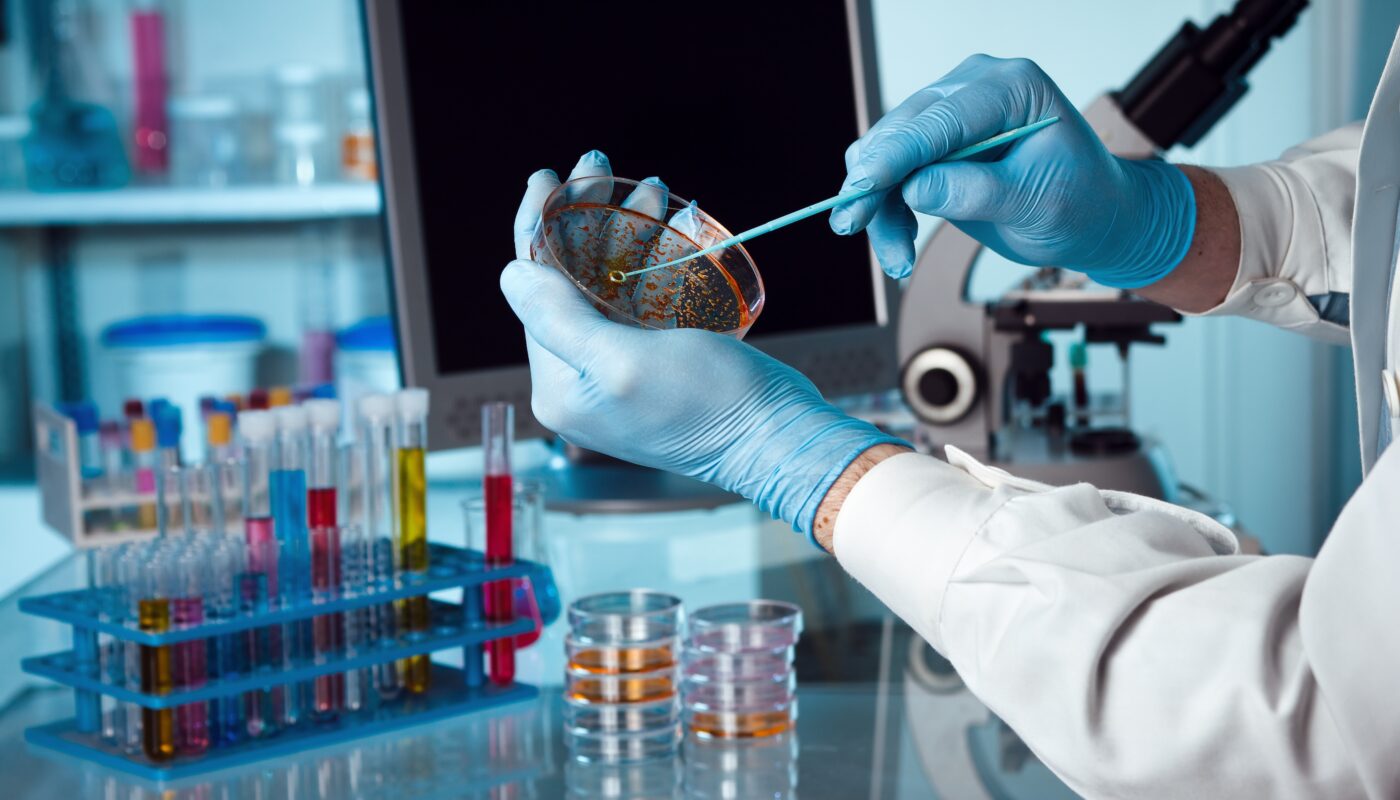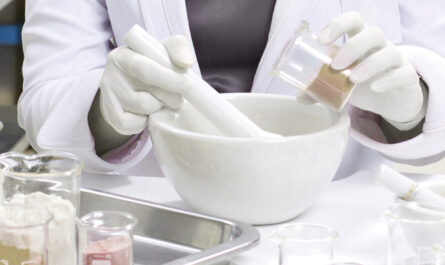Biotechnology is an interdisciplinary field that applies biological processes like cell fusion, biochemistry and molecular biology for industries and research. Over the past few decades, biotechnology has transformed various sectors like healthcare, agriculture, forensics and more. The advancement in biotechnology instruments has been crucial in driving new discoveries and innovations.
Microscopes
The microscope has been an indispensable tool for biotechnology research since its invention. Advanced microscopy techniques have enabled researchers to visualize cellular and molecular structures at resolutions not possible before.
Light Microscopes
Light microscopes were the earliest type used and still widely used today. However, newer light microscopes now offer higher magnifications and resolutions. Confocal laser scanning microscopes use fluorescence and reflectance to generate high-resolution images of cellular structures in 3D. Phase-contrast microscopy enhances image contrast of transparent specimens. Differential interference contrast enhances image contrast by measuring minute differences in the absorption of light rays.
Electron Microscopes
Electron microscopes use beams of electrons instead of light for higher resolving powers. Scanning electron microscopes (SEM) render 3D images at nanoscale resolutions by scanning surfaces with a focused electron beam. Transmission electron microscopes (TEM) render images from electron beams transmitted through ultrathin biological specimens. Cryo-electron microscopes view frozen, hydrated samples to better preserve structures.
Super-Resolution Microscopy
Next-generation super-resolution techniques like STORM, PALM and SIM break the diffraction barrier of light microscopy to achieve resolutions below 100nm. STORM and PALM harness photo-switchable fluorescent proteins to map structures by localizing individual fluorescent molecules. Structured illumination microscopy (SIM) enhances resolution by imaging specimens under shifting illumination patterns.
Mass Spectrometry
Mass spectrometers identify proteins, metabolites and other biomolecules by ionizing samples and sorting the ions based on their mass-to-charge ratio. Electrospray ionization and matrix-assisted laser desorption ionization softly ionize complex biological polymers for mass spectrometry analysis. Quadrupole mass spectrometers and time-of-flight mass spectrometers are commonly used analytical tools across many biotech applications for compound identification, quantification and imaging. Mass spectrometry has applications in proteomics for identifying proteins, metabolomics for studying small molecules and lipidomics for analyzing fatty acids and lipids.
DNA/RNA Analysis
Biotechnology Instruments Gel electrophoresis separates DNA, RNA or proteins on the basis of size and charge using an electrical field. Western blots transfer proteins separated by electrophoresis onto membranes for detection and identification. Southern blots and northern blots detect specific DNA and RNA sequences, respectively. Real-time PCR (polymerase chain reaction) quantifies DNA/cDNA amounts with high sensitivity and specificity. Next-generation sequencing technologies massively parallelize DNA sequencing for full genome analysis. Single-cell sequencing studies cellular heterogeneity by sequencing whole genomes of individual cells.
Flow Cytometry
Flow cytometers suspend cells or particles in a fluid and pass them through a laser for characterizing physical and chemical properties of individual cells. Cell sorters can separate desired cells based on specific markers. Multi-parameter analysis permits immunophenotyping based on multiple fluorescently-labeled surface markers. Flow cytometry finds applications in immunology, cancer research and stem cell biology for analyzing populations of cells.
Lab Automation
Modern biotech labs utilize robotics and automated liquid handling systems for increased precision, throughput and reproducibility. Automated incubators, plate handlers and washers exponentially scale up biological, biochemical and cellular assays. Microfluidic chips integrate hundreds of biochemical assays on a single integrated circuit for high-throughput screening. Lab automation revolutionizes discovery processes like drug screening, diagnostic testing and more.
Advancements in biotechnology instruments have accelerated discoveries across scientific disciplines. More powerful microscopes reveal cellular structures with clarity like never before. Sophisticated analytic tools shed light on the complexity of biological systems. Automation streamlines workflows to extract insights from massive datasets. Continued evolution of instruments promises to unravel more biological mysteries and pave the way for therapeutics addressing previously incurable diseases. Undoubtedly, instruments hold the key in enabling biotechnology to deliver on its immense potential to transform humanity
*Note:
1. Source: Coherent Market Insights, Public sources, Desk research
2. We have leveraged AI tools to mine information and compile it



